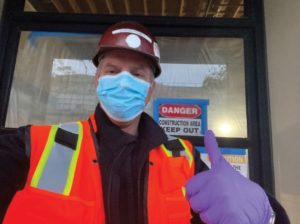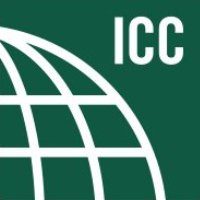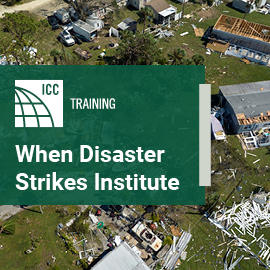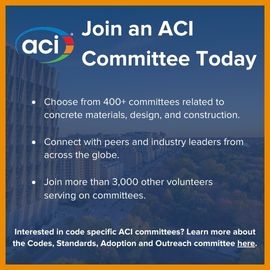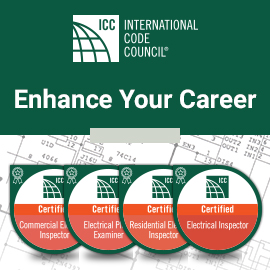
Health and safety considerations for plumbing and HVAC professionals during inspections
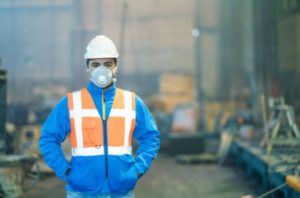
Whether you are a plumbing or mechanical contractor, architect or engineer, or a building official, it takes a team approach to protect the general public from these microorganisms. The systems that contractors install are designed by architects and engineers to separate the microscopic world of viruses, bacteria and pathogens from overtaking us in the world we live in; our homes, workplaces, places of worship and other places we frequent during our daily life. Our plumbing, heating and air-conditioning (HVAC) professionals ensure that these systems are installed, operated and maintained properly so that they provide the protections for which they were designed. The team approach is an effective management strategy that enables the architect, design engineer, contractor and building department to maximize the value of their investment through greater control during the design, installation and inspection processes for various projects.
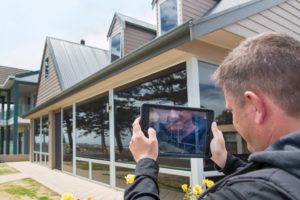
The importance of scheduling inspections cannot be overlooked.
- Are off-hour inspections the answer to parking issues, accessibility and shift work?
- Are engineers comfortable in paying a special fee to building departments for project meetings?
- Does the permit reflect the correct job address, specific tenant or where to meet for the inspection?
All of these are questions that should be examined.
Let’s explore some inspection tips that could help everyone.
- Having a point of contact (person and place).
- Provide access to all areas for inspection (tenant improvements could require access to at least three
- floors to inspect).
- Alert inspection staff to designated parking areas.
- Make inspection staff aware of any building security issues.
- Establish who is responsible for the minimum plumbing fixture requirements (architecture/engineer).
- Ethics and integrity should be part of everyday life, no matter where in the construction diagram you fall.
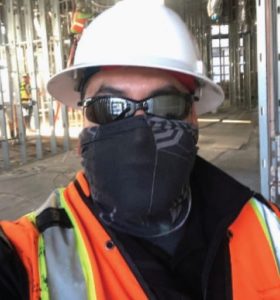
When working or inspecting in any area you need to be aware of the risk. The following are recommendations only and your employer should be consulted for actual policy.
- Speak with staff or customers to identify the risk in the area to be worked or inspected.
- What is the area, room or equipment used for?
- Is there an elevated risk of contact with viruses, bacteria and/or pathogens?
- If yes, can it be mitigated (cleaned or sanitized) before starting work (performed by others)?
- If no, can the risk be mitigated through proper use of personal protective equipment (PPE)?
- Inspectors should be aware of their city policy regarding high-risk work areas?
- Workers should use PPE, including masks, respirators and rubber gloves when accessing high-risk areas.
- It is recommended that you change gloves and respirators frequently or as they become soiled.
- Avoid spending unnecessary time in waiting areas or patient areas.
- Maintain at least six feet of distance between yourself and others, especially anyone who is coughing or sneezing, to avoid breathing in liquid droplets they may have exhaled or expelled.
- Make sure to follow good respiratory hygiene by covering your mouth and nose with a bent elbow or tissue when you cough or sneeze and then dispose of the used tissue immediately.
- Regularly and thoroughly clean your hands with soap and water for at least 20 seconds. If soap and water are unavailable, wash your hands with an alcohol-based rub containing 60-percent alcohol or greater. This is especially important after using the bathroom, blowing your nose, coughing or sneezing, and before and after eating.
- Exercise caution and maintain six feet of distance from plumbing vents and mechanical exhaust vents.
- If you are sick, protect others by not entering these facilities or coming to work.
- Contractors should clean off any equipment that was used or stored inside of the facility during their visit.
